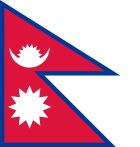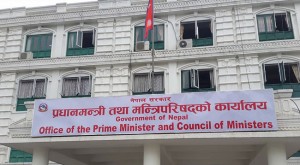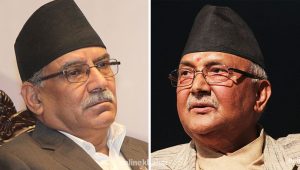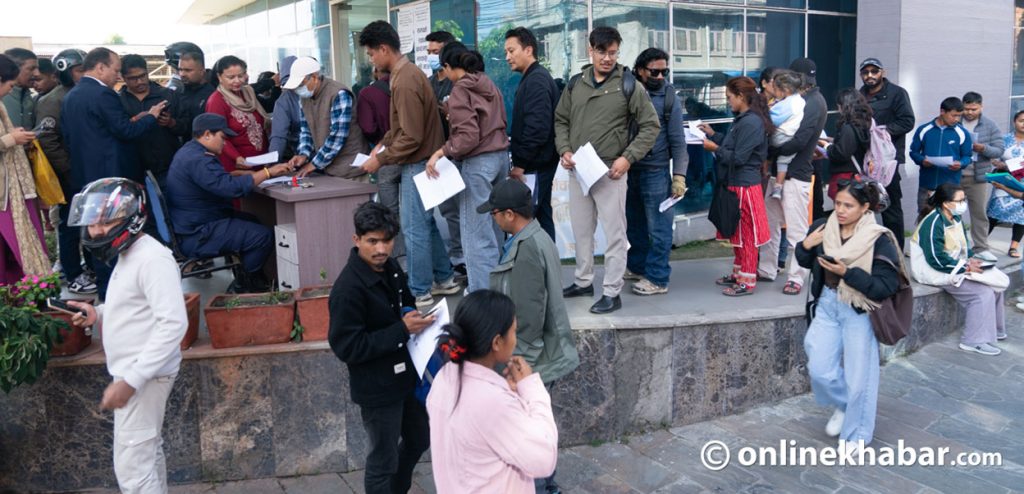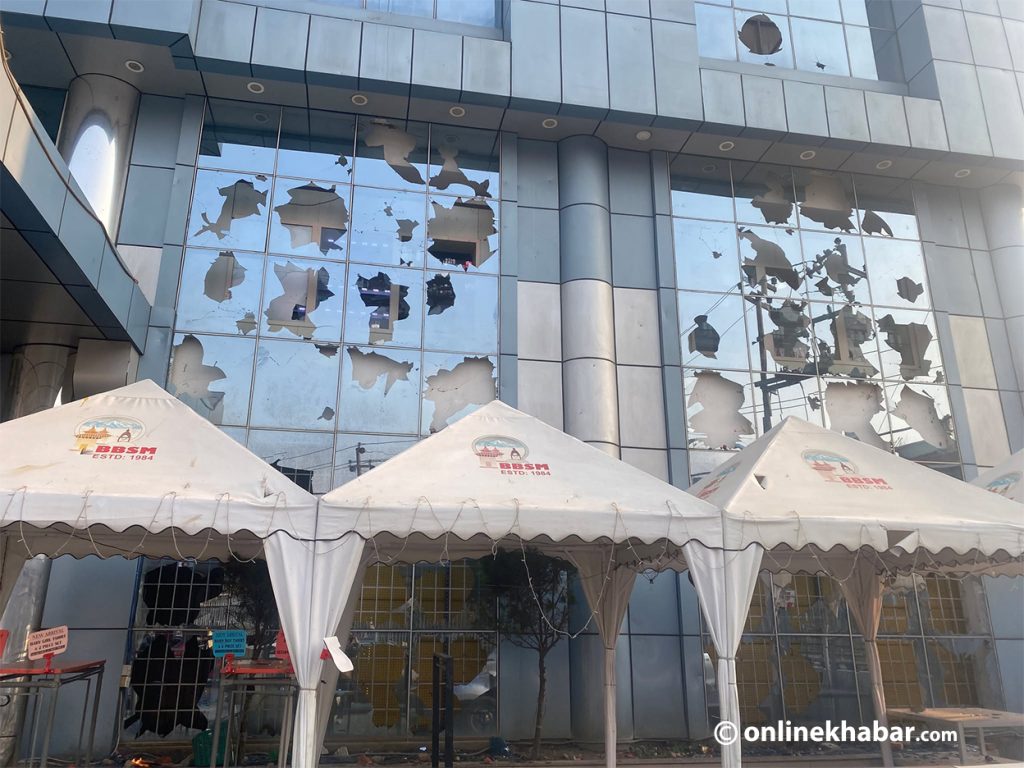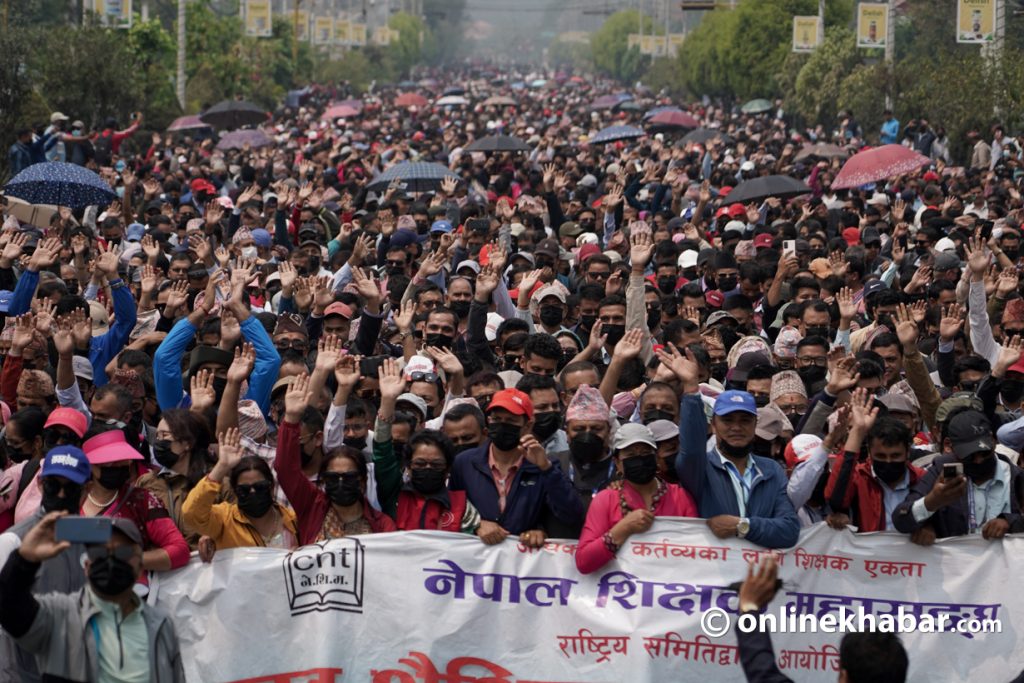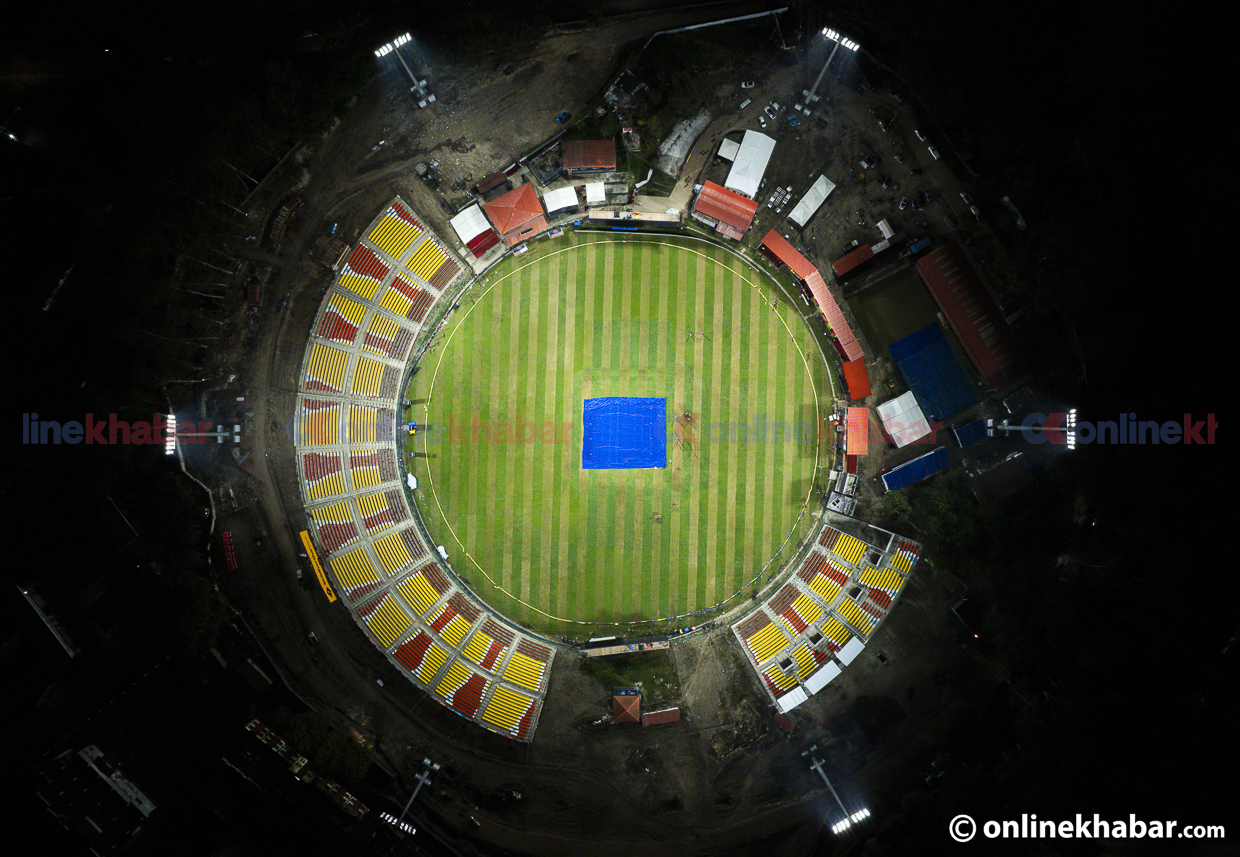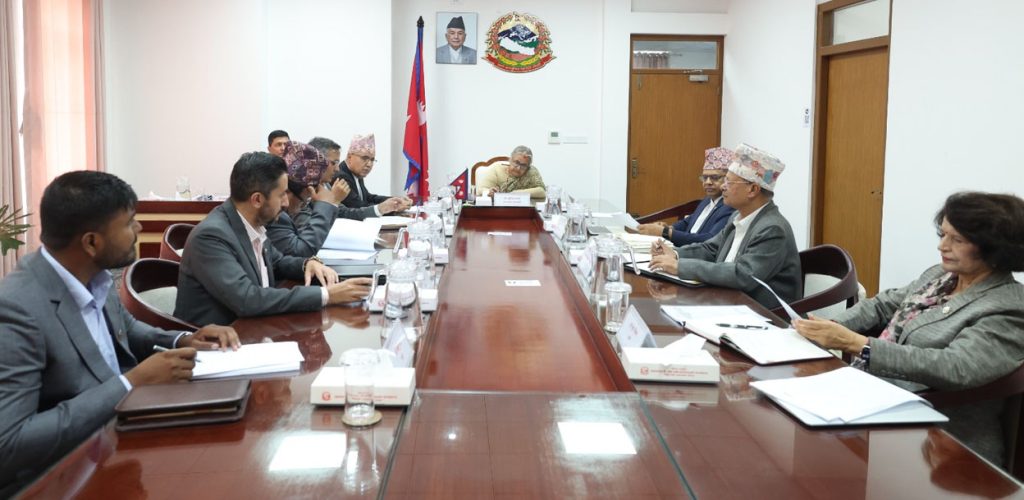
File
Kathmandu, November 16
Prime Minister Sushila Karki and eight members of the Council of Ministers have submitted their property declarations. However, they have not made them public.
According to the Office of the Prime Minister and Council of Ministers, Prime Minister Karki, Finance Minister Rameshwor Khanal, Energy Minister Kulman Ghising, Home Minister Om Prakash Aryal, Law Minister Anil Kumar Sinha, Education Minister Mahabir Pun, Agriculture Minister Madan Prasad Pariyar, and Youth and Sports Minister Bablu Gupta have submitted their property details.
The Office of the Prime Minister and Council of Ministers said the property declarations of Minister for Communication and Information Technology Jagadish Kharel and Minister for Health and Population Sudha Gautam are yet to be received.
Kharel was appointed minister on Asoj 6, 2082 BS. It has been 56 days since he assumed office (26 days in Asoj and 30 days in Kartik). Sudha Sharma became minister on Kartik 9.
Although the prime minister and ministers have submitted their property declarations, they have not been made public.
In Nepal, the practice of making ministers’ property details public began after 2048 BS. During the Panchayat era, there was no practice of publicising property details of ministers. After the restoration of multiparty democracy in 2046 BS, demands grew for public office holders to disclose their property.
The government led by Girija Prasad Koirala, formed after the 2048 BS general election, decided that the prime minister and ministers must make their property details public within 15 days of assuming office.
Since then, Nepal has followed the practice of public property disclosure by the prime minister and ministers. Even ministers in the government formed after the 2051 election made their property declarations public, which were released through state media at the time.
However, the previous government led by KP Sharma Oli, which was ousted by the Gen–Z movement of Bhadra 23 and 24, remained silent on this issue. Neither the prime minister nor any minister of that government made their property details public.
Oli became prime minister on Asar 30, 2081 BS through an alliance between CPN-UML and the Nepali Congress. Before forming the government, the two largest parties of the dissolved House of Representatives had signed a seven-point agreement.
Citing their reason for forming the government, the first point of the seven-point agreement stated: “To protect national interests as per the aspirations of the general public, control corruption, ensure good governance, accelerate national development, and include other political parties to form a government of national consensus under Article 76(2) of the Constitution.”
Despite coming to power with promises of controlling corruption and ensuring good governance, no minister in the two-thirds majority government led by Oli made their property details public.
The Gen–Z movement had risen in opposition to past political figures and practices. Following the movement, an interim government was formed under the leadership of Karki, with demands for corruption control and good governance at its core.
However, the prime minister and most ministers in this government have also not made their property declarations public, drawing criticism. Although there is no legal obligation to disclose property details, it remains a matter of moral responsibility, which is why criticism is growing.

